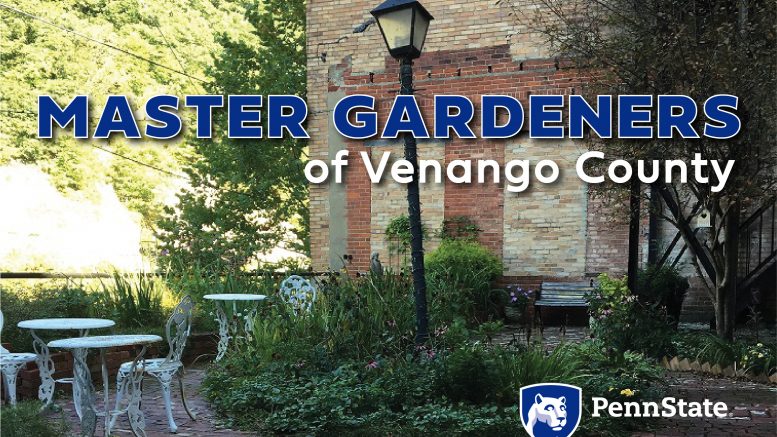By ELIZABETH WADDINGTON
Most of us now understand that our way of life on this planet has to change if humanity is going to survive – we’re faced with a range of challenges that threaten our very existence. It can be easy to become disheartened and to feel like shrugging our shoulders and asking what we, as individuals, can possibly do.
Permaculture offers a ray of hope – a way forward. It offers everyone the chance to be part of the transition to a more eco-friendly, ethical and sustainable future.
What is Permaculture?
Permaculture is a blueprint for the way we live our lives – it’s more than just some dry and dusty philosophy. It moves beyond theory and gives us a range of practical solutions that we can use in every area of our lives.
Permaculture was originally a word made up of the two words “permanent” and “agriculture”. But now the scope is broader, and permaculture is more often defined as ‘permanent culture’.
Permaculture principles allow us to create a culture that can endure and thrive for generations to come. At its heart are three very simple tenets, or ethics:
– Care for the planet.
– Care for people.
– Fair share. (Which also involves returning surplus to the system.)
Permaculture grew out of a sustainable agriculture movement – originally developed by Bill Mollison and David Holmgren in Australia in the 1970s – and has since grown into a global movement, inspiring people to get involved and create positive change all around the world.
Permaculture gives us a range of practical solutions for a better world. These principles are most commonly used in relation to food growing systems, but can also be used to guide us in all parts of our lives.
To help us understand how permaculture leads us to a more ethical and sustainable way of life, it’s useful to look at a list of twelve design principles put forward by David Holmgren:
1. Observe and Interact
Being observant and responding to what we see is really important in moving towards a more ethical and sustainable way of life.
We can learn from nature, and from other people, observing how others have moved to a greener and more ethical approach, and working with the world around us to succeed in our goals.
2. Catch and Store Energy
Energy is abundant on our planet. Learning how to catch and store that energy – in plants, with renewable energy infrastructure, or in other ways, is key to living a sustainable way of life.
Growing your own food at home is a great way to catch and store energy from our sun. Passive solar design also offers opportunities for architects, engineers and designers to make further use of this abundant energy source.
3. Obtain a Yield
Taking the three core ethics of permaculture into account, we can work with nature to get all the things we need. Obtaining a yield can be as simple as using organic gardening techniques to provide food for our families – but it can also be about obtaining a non-tangible yield: happiness, health… or mental well-being.
Living a sustainable lifestyle that sticks to permaculture principles can allow us to obtain all sorts of more intangible yields as well as the obvious tangible ones.
4. Apply Self-Regulation and Feedback
Understanding where we’ve succeeded and where we’ve gone wrong is vitally important to creating real and lasting change. For example, by analysing and evaluating all the things that we bring into our homes, we can make better purchasing decisions moving forwards: reducing, reusing, recycling and regulating our worst consumerist tendencies.
5. Use and Value Renewables
By using the power of the sun, the wind, or the water, we can power our homes, grow our food, and regenerate our environments.
Rather than relying on finite and polluting fossil fuels, we should make full use of renewable sources of energy: for example, switching to a green energy supplier – or even generating our own power with solar panels or other renewable infrastructure at home – is something many of us can do to move to a more sustainable way of life.
6. Produce No Waste
Moving towards a zero waste lifestyle means looking at all the trash we chuck out and trying to eliminate it. We can do this by reducing the amount we buy, by buying wisely, by reusing or recycling where possible, by composting, and by working with ethical companies who look at waste throughout the entire life-cycle of their products.
7. Design from Patterns to Details
Whether designing a new vegetable garden, or an entire new sustainable way of life, we have to look at the big picture before we get bogged down in the little things.
Thinking wholistically, about all areas of our lives, can help us move forwards in a positive direction.
8. Integrate Don’t Segregate
Plants work well in diverse systems – the same is true of people too. Planting polycultures (guilds of plants which work together) is just one example of how this principle works in the real world.
And as well as applying this in the garden, we can also apply it to communities, groups or organisations. Sustainability is something we achieve together – through collaboration and co-operation – it’s not something we do alone.
9. Use Small, Slow Solutions
Every journey begins with a single step. Whenever we try to do too much too soon, it’s easy to become overwhelmed – and though big changes can bring big benefits, they bring bigger risks too. Making small, incremental changes is the best way to move towards sustainable change.
For example – don’t start a farm, try a small windowsill garden. Don’t overhaul your entire shopping philosophy – change things one ethical purchase at a time.
10. Use and Value Diversity
Just as ecosystems work best when filled with a greater variety of different plants and animals, so human society functions best when an variety of different people are represented.
In your garden, home and your life in general, it’s a good idea to promote and value diversity in all its forms.
11. Use Edges and Value the Marginal
Sustainability is about making use of all the resources that we have at our disposal.
Whether we’re talking about land use, work places, homes or society in general, making use of all we have involves valuing fringes and fringe elements.
This might be as simple as using a neglected corner of your outside space to grow more food, or something more abstract, like thinking outside the box.
12. Creatively Use and Respond to Change
Finally, change is an inevitable part of life. It’s important to remember that permaculture isn’t just about now, but about the future. We design for change, understanding that things will alter over time. The changing seasons, changing attitudes, our changing climate… how we respond to these changes will shape sustainable progress in the years to come.
These principles are a starting point for an understanding of permaculture, and can begin to give us an idea of how we can translate thought to action, and transition to a more ethical – and truly sustainable – way of life.
Source: earth.fm/updates/permaculture-principles
This educational blog is a series of informative articles from the Penn State Master Gardeners volunteers plus news concerning the group and their activities. For more information, click here.



































